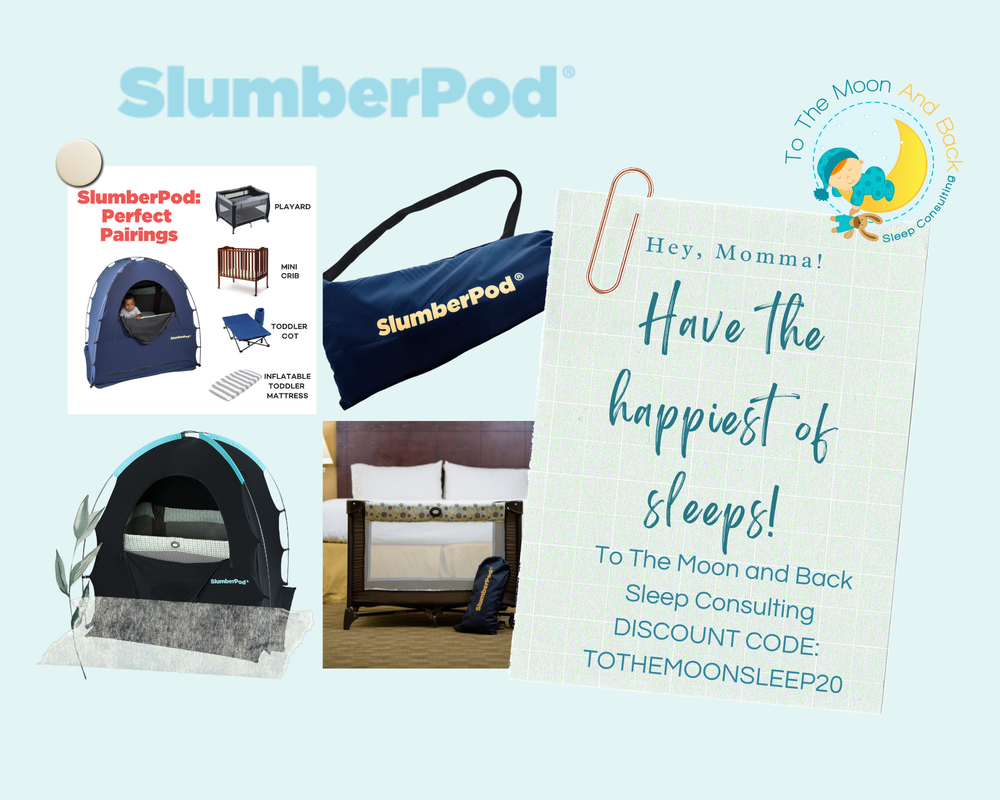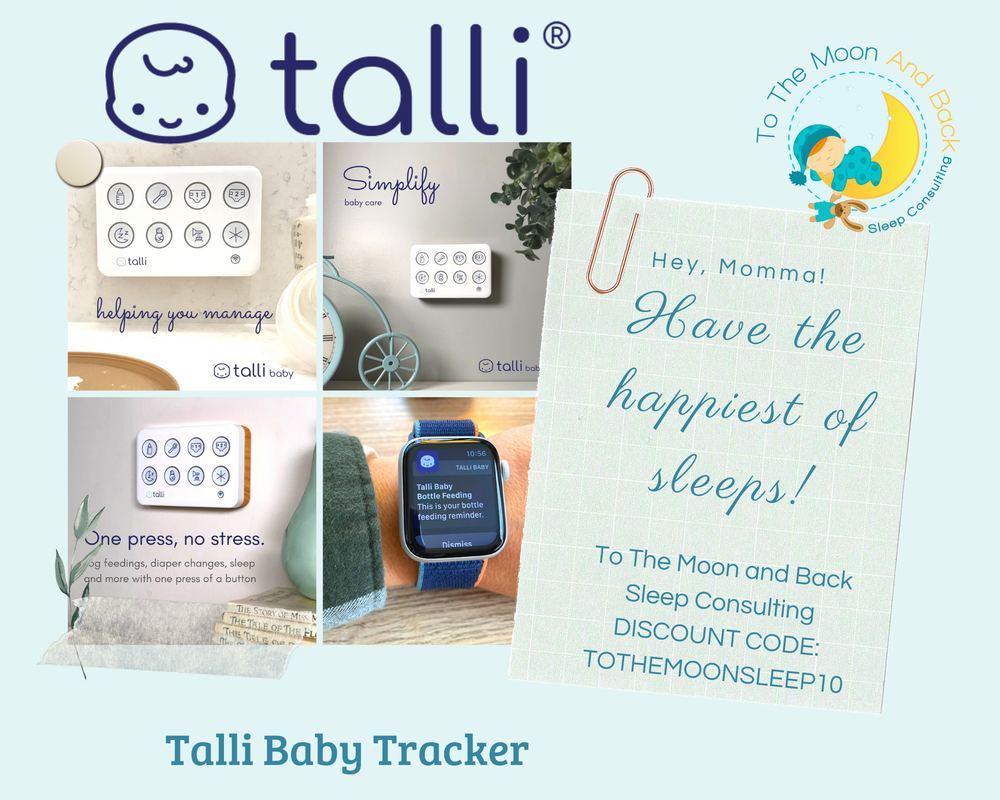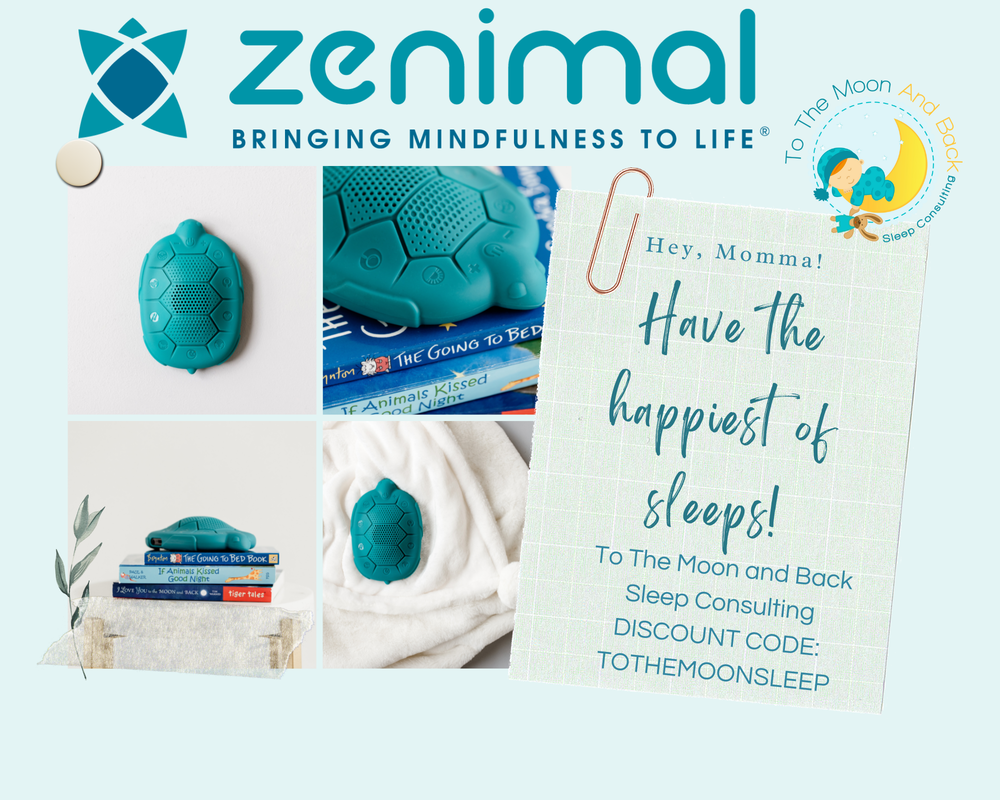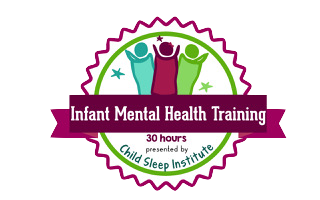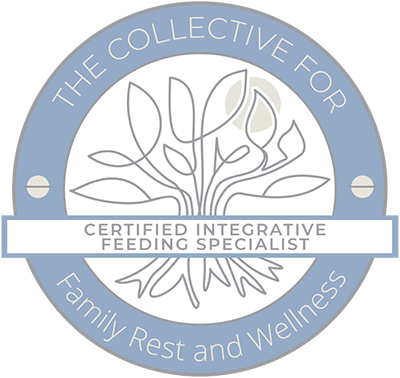|
So, you want to know how to help your little one get better naps. We will start with the sleep environment and ensure it's set up for optimal sleep. Darkness plays a vital role in the quality and quantity of our sleep. So, I always start with the room's darkness and ensure it's blacked out! And I mean blacked out, like CAVE DARK, can't see anything black. If you want to see what I mean when I say cave dark, email me, and I'll send you my Black Out Chart to give you a really good visual of what's dark in my world. Good quality blackout curtains will help darken the room, obviously, but they also help regulate the temperature in the room and block out environmental noises from waking Baby. SleepOut Portable Blackout Curtains are the ones I recommend to families (Discount Code: TOTHEMOONSLEEP10). Make sure Baby is not too hot and not too cold. Use sleep sacs once Baby is out of the swaddle. Baby's room should be between 19-21 Degrees Celsius. Next, I would ensure that all safe sleep guidelines are followed and that there is nothing in the crib but Baby and their sleep sack (under 12 months of age). There should be nothing hanging from the crib either, no mobiles. I have already touched on safe baby sleep guidelines on the blog, but they must be mentioned here again. If you need clarification on the most up-to-date guidelines, email me, and I'll send you the guide my one-on-one parents receive from me. Next, I suggest parents use a white noise machine for all sleep situations, not just naps. White noise can help babies connect sleep cycles and drown out environmental noises from waking baby. You want to make sure that you are using white, pink or brown noise. Not music or whale calls or lake scenes with wild birds chirping. These things will be to stimulating and wake up Baby's brain. Another suggestion along those lines is using an Ok-to-Wake device like the Hatch Rested+. These will give you light when you must attend to Baby at night. You want to have it set on a dim red for sleep time as this helps the brain during the night to produce melatonin. The other thing these Ok-to-Wake Devices or Toddler Clocks do is to give Baby something tangible to look for to know when it's time to wake up in the morning or from a nap. When it hasn't changed to green to signal that it's morning or the end of nap time, they can roll over and go back to sleep between sleep cycles. Ok-to-Wake Devices can also cut down on early morning wakings and crying in the morning. They learn that someone will come and get them up when the clock changes to yellow or green. They don't have to cry to signal that they are awake. In my experience, it's never too early to start teaching babies how to recognize the Ok-to-Wake Device changes. Babies are way smarter and more capable than we realize. The earlier, the better. All naps should take place in the crib or bassinet. This is the safest place for Baby. Plus, since you have blacked out Baby's room and followed all of the other suggestions above, it's probably the only appropriate sleep place for her to nap. Now, let's move on to following an Eat, Play, Sleep Routine. This means what it sounds like. When baby wakes in the morning from a full night's rest, we want to feed baby. Now because baby just had a 12-hour sleep, she should not be sleepy during this feed. Then it's time for learning, connection and playtime. Now depending on Baby's age and wake windows, they should not need another feed before going back down to sleep. And if they do, chances are they are old enough for a solid's snack to top them off before nap time. Ensure you are not feeding Baby breast or bottle at least 1 hour before going down for a sleep. Yes, this means Baby will go down in the crib awake; wide awake is best. Following this schedule, babies are not fed to sleep; they use independent sleep skills. They are in control of their sleep and nap like champs. Next, let's talk about wake windows. You want to make sure that you are following age-appropriate wake windows. These are going to vary and increase as Baby gets older. There are ranges in these wake windows, so it's up to parents to help Baby find that sweet spot. Check out this blog post here to learn more about age-appropriate wake windows. To help find that sweet spot and make sure baby isn't overtired. Put baby down awake 10-mins before the end of the awake window. This gives Baby time to roll around, get comfortable and calm into sleep. If you are seeing a lot of sleepy cues from your baby, then you are likely missing their window. Baby is going into the crib overtired, and you are likely hearing about it. Try this 10 minutes before the end of the awake window trick, and you may have found your baby's sweet spot. Now that you have found your Baby's sweet spot for sleep, it's time to let him get to sleep. Baby drifts off happily into sleep and doesn't make a peep. My final tip is going to be for those catnappers out there. Do not assume that Baby is done sleeping after only 20-30-mins of sleep. This is generally not enough sleep, and they require more. But it can be hard to connect sleep cycles during the day. Babies need the time and the space to learn this skill. After Baby wakes up, give them some time and space to get back to sleep. Institute crib hour and keep baby in their dark sleep space for up to 1 hr "of sleep." Now I know that this sounds easier than it is to implement, and several other factors come into play when helping Baby learn to sleep well independently and get back to sleep from a short nap. So, if you are struggling with your baby's sleep or lack of sleep skills, please book a Free 20-minute Sleep Evaluation. We can discuss how I can help your baby learn to nap like a champ and sleep through the night (11-12 hrs). AuthorErin Neri - Certified Pediatric Sleep Consultant and Owner of To The Moon and Back Sleep Consulting since 2016. |
To The Moon and Back Sleep ConsultingProviding families the tools & support they need to get their little ones sleeping through the night and napping like champs! Everyone has more fun when they are well rested! Visit Wollino - Discount Code: TOTHEMOONANDBACK10
Browse
All
|
All information provided on this website, including texts, images, and other materials, are for informational purposes only and should not be considered a replacement for assessment or treatment by a healthcare provider.
© COPYRIGHT 2016-2024 TO THE MOON AND BACK SLEEP CONSULTING. ALL RIGHTS RESERVED. WAKING GIRL WEB DESIGN
© COPYRIGHT 2016-2024 TO THE MOON AND BACK SLEEP CONSULTING. ALL RIGHTS RESERVED. WAKING GIRL WEB DESIGN


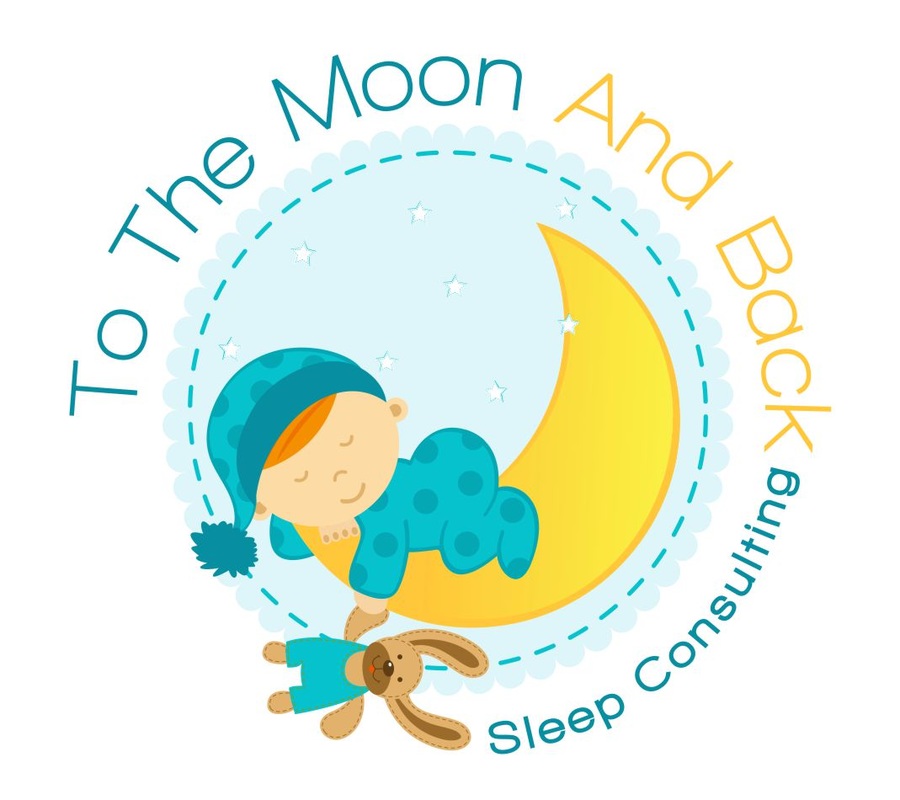
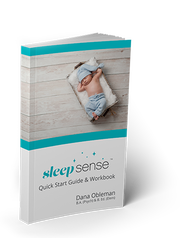
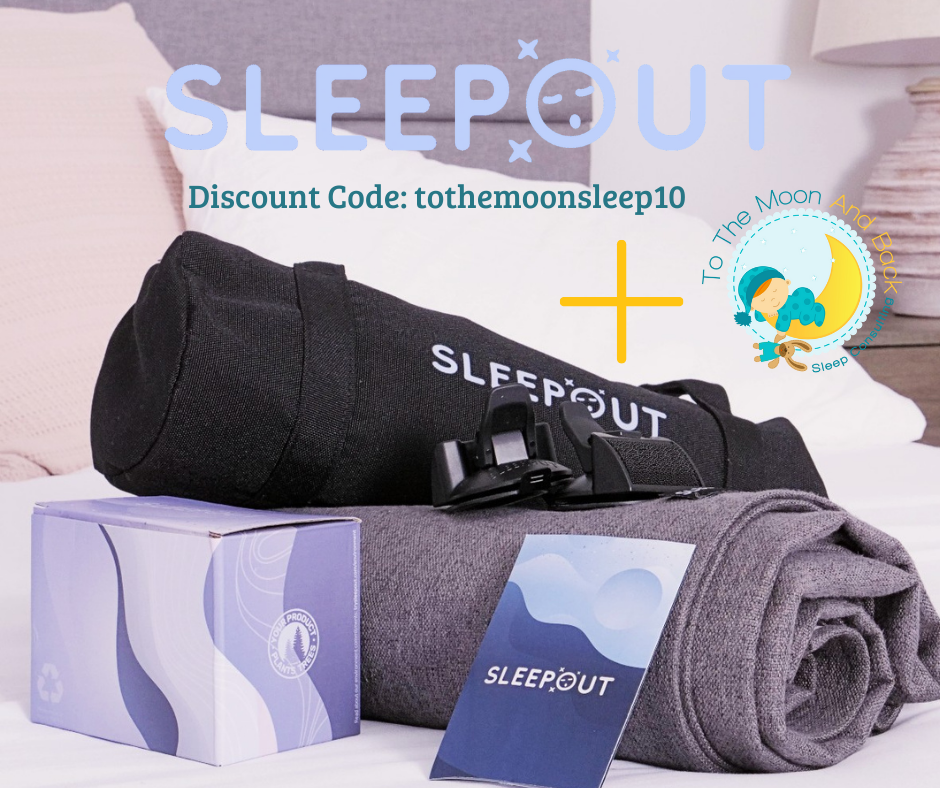


 RSS Feed
RSS Feed
